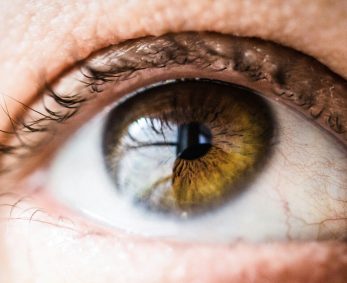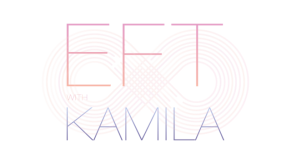
EMDR (Eye Movement Desensitisation and Reprocessing)
EMDR is a unique and powerful therapy that helps you process and recover from past challenging experiences, some of which may have resulted in trauma. It involves using side-to-side eye movements in a specific and structured format. EMDR helps you process the negative images, emotions, beliefs and body sensations associated with traumatic memories that seem to be stuck, allowing you to see things that can contribute to a range of mental health issues.
What can EMDR help with?
EMDR was developed and is best known as a therapy for treating trauma or post-traumatic stress disorder (PTSD). The National Institute for Health and Care Excellence (NICE) and the World Health Organisation (WHO) recognise EMDR as a treatment for PTSD.
It also helps with a range of mental health difficulties, including anxiety, depression, addictions, behavioural and relationship issues and more serious mental illnesses such as psychosis and personality disorders. Many of these problems may be rooted in some types of traumas, whether that’s bullying or other forms of abuse either during childhood or as an adult, which isn’t necessarily obvious.
How does EMDR work?
EMDR helps process traumatic memories by stimulating either side of your brain in an alternating left-right fashion to help you access your subconscious mind and process what is stored there. It works by making eye movements from side- to side – which stops difficult memories by helping the brain to reprocess them properly, working with memory to heal the legacy of past pain.
What to Expect
One of the first stages is understanding what has happened to you - what past events have created patterns and what traumatic memories need to be processed to help you recover. EMDR is considered a powerful therapy where client safety must come first. The next part of the therapy involves accessing the traumatic memories and starting bilateral stimulation. It works by stimulating either side of your brain in an alternating left-right fashion to help you access your subconscious mind and how it affects you. The eye movements may be like rapid eye movement (REM) sleep, which occurs as we dream.
Working in this way means we can reprocess the emotion-laden memories. The dual attention focus anchors you in the present, but you also have one foot in the past. Your natural healing begins, replacing the negative or traumatic images or memories. You start to view them differently without feeling the associated distress anymore. With EMDR, the change in perspective comes from within, and the transformative changes feel true at a gut level. There can be a remarkable change in how people feel from terror or shame to calmness and empowerment.
EMDR online sessions
Online sessions last 60-90 minutes and will vary how many you may require, depending on whether you experienced a single incident or event (for example, a car accident) or multiple events built up over the years.
